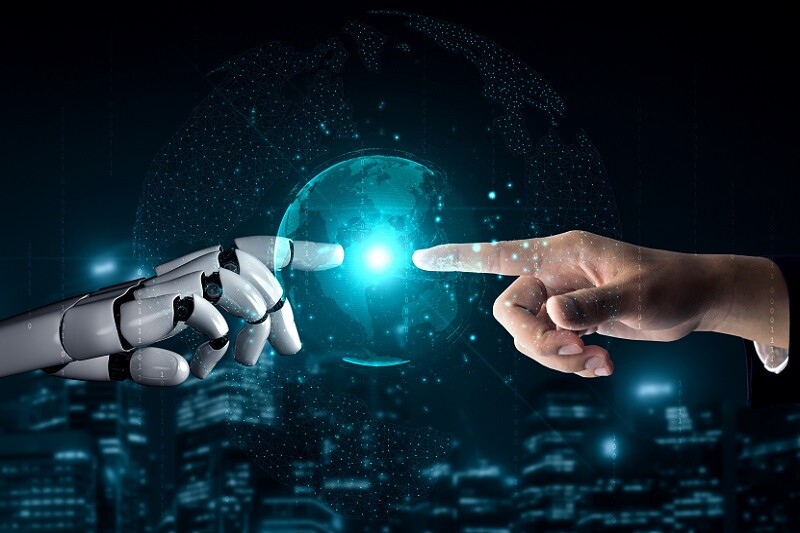Introduction
In the realm of technology, robotics stands at the forefront of innovation, pushing the boundaries of what’s possible and reshaping industries across the globe. From manufacturing and healthcare to transportation and beyond, robotics has revolutionized the way we work, live, and interact with the world around us. In this comprehensive guide, we’ll explore the fascinating world of robotics, uncovering its history, applications, and the transformative impact it continues to have on society.
Understanding Robotics
Robotics is a multidisciplinary field that combines elements of computer science, engineering, and mathematics to design, build, and operate robotic systems. These systems range from simple automated machines to advanced humanoid robots capable of performing complex tasks with human-like dexterity and intelligence. Robotics encompasses a wide range of applications, from industrial automation and manufacturing to healthcare, exploration, and entertainment.
Key Components of Robotics
1. Hardware
At the heart of every robotic system lies its hardware components, including sensors, actuators, motors, and mechanical structures. These components enable robots to perceive and interact with their environment, move with precision and agility, and manipulate objects with dexterity and accuracy.
2. Software
Software plays a crucial role in controlling and coordinating the behavior of robotic systems. From low-level control algorithms to high-level decision-making processes, robotics software enables robots to sense, plan, and act in dynamic and uncertain environments, adapting their behavior in response to changing conditions and objectives.
3. Perception and Sensing
Perception and sensing technologies enable robots to gather information about their environment through various sensors, such as cameras, lidar, radar, and tactile sensors. These sensors provide robots with the ability to perceive objects, navigate obstacles, and interact with the world around them, enabling them to perform tasks autonomously and safely.
Applications of Robotics
1. Manufacturing and Industrial Automation
Robotics has revolutionized the manufacturing industry by automating repetitive and dangerous tasks, increasing productivity, and improving quality and consistency. Industrial robots are used for tasks such as assembly, welding, painting, and material handling, enabling manufacturers to streamline production processes, reduce costs, and enhance competitiveness.
2. Healthcare and Medical Robotics
In the healthcare sector, robotics is transforming patient care, surgery, and rehabilitation. Medical robots assist surgeons in performing minimally invasive procedures with precision and accuracy, reducing recovery times and improving patient outcomes. Robotic exoskeletons and prosthetics help patients regain mobility and independence, enhancing quality of life for individuals with disabilities.
3. Exploration and Space Robotics
Robotics plays a vital role in space exploration, enabling the exploration of distant planets, moons, and celestial bodies where human presence is limited or impractical. Space robots such as rovers, landers, and probes gather data, conduct experiments, and perform maintenance tasks in extreme and inhospitable environments, expanding our understanding of the cosmos and paving the way for future space missions.
The Future of Robotics
As robotics technology continues to advance, its potential to transform industries, improve quality of life, and address global challenges is limitless. Advancements in areas such as artificial intelligence, machine learning, and human-robot interaction will unlock new capabilities and applications for robots, enabling them to collaborate seamlessly with humans in various domains and environments.
Conclusion
In conclusion, robotics represents a paradigm shift in the way we perceive and interact with the world, offering unprecedented capabilities and opportunities to enhance productivity, improve safety, and enrich human lives. As we embrace the future of robotics, we embark on a journey of discovery, innovation, and collaboration, shaping a future where robots and humans work together to create a better, more sustainable world.





